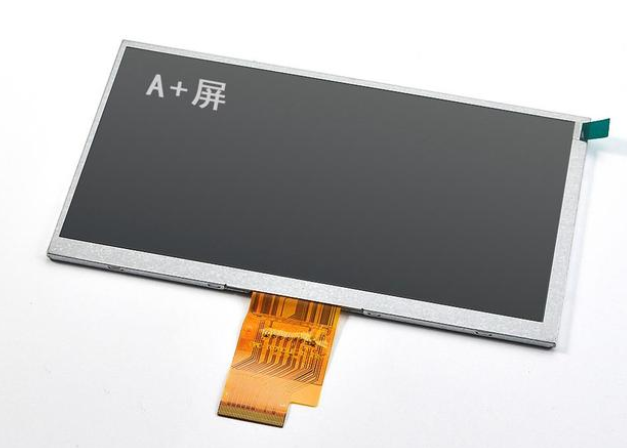LCD display screen classification
Blaze Display Technology Co., Ltd. | Updated: Nov 27, 2018
Today's liquid crystal display products on the market are getting clearer and more refined, but not all screens are so good. So how does the LCD screen distinguish between good and bad screens? This involves a concept, the level division of the LCD screen. Different display application scenarios, choose different LCD screen grades, so as to match the most suitable screen for your product. Usually, the level of LCD liquid crystal screen can be roughly divided into A, B, and C. LCD panel manufacturers also divide A-level panels into two levels, A+ and A, mainly for products with higher display quality requirements.
So what is the basis for distinguishing the level of LCD screen? Usually the LCD screen industry judges the LCD screen grade according to the number of LCD screen dead pixels. First of all, let's introduce a concept: LCD screen dead pixels. We all know that the LCD screen can be subdivided into each sub-pixel, and the sub-pixel can display black and white and three primary colors of red, green and blue. The dead pixel of the LCD screen means that no matter what the image displayed on the LCD screen is, a certain sub-pixel on the display screen will always display the same color. The dead pixels can be roughly divided into two categories, one is that the sub-pixels are always black no matter how the screen is, which is called a dark point, and the other is that there is always a bright spot on the screen as long as the screen is turned on, which is called a bright spot. Generally speaking, screen dead pixels cannot be repaired, and can only be repaired by replacing the entire screen.
Knowing the concept of LCD screen dead pixels, let's briefly introduce the division of LCD screen levels:
A+ level LCD screen: LCD screen without any dead pixels is called A+ level LCD screen. Through professional testing software testing, there are no bright spots in the boot state, no dark spots after the display screen, and the display screen is stable and smooth. A+ grade LCD screen is the highest quality LCD screen, suitable for display fields with extremely high display quality requirements, such as LCD monitors, vehicle displays, medical displays, etc.
A-level LCD screen: the total number of dead pixels does not exceed 3, and there can only be one bright spot at most, and the bright spot is not in the central area of the screen, we call it A-level LCD screen. The screen display is still high-quality and smooth, and there is generally no obvious dead pixel feeling during use. General application and LCD TV, home appliance display and other fields.
B-level LCD screen: The total number of dead pixels does not exceed 5, and the bright spot can only have 2 at most, and the bright spot is not in the central area of the screen, which is called a B-level LCD screen. The brightness of the screen is relatively uneven, and the color saturation is relatively insufficient. Most of the cheap LCD monitors use this B-level panel, and the cost is relatively economical and cheap.
C-level LCD screen: In addition to the dead pixel of the LCD screen, a screen with line defects is called a C-level LCD screen. A line defect refers to a bright line or a dark line on the screen, which is a display defect formed by a short circuit or an open circuit in the screen. The image color reproduction ability of the c-class LCD screen is poor, and the appearance may even be damaged. It is basically not used in large-screen products. Most of the LCD panels that are cut into small areas are used in small-sized display fields.
Each level of LCD screen has its own application fields. It is not to blindly pursue high-quality screens, nor to choose inferior screens that do not meet your needs in order to reduce costs. Only by doing the best LCD display solutions can you match your product needs. LCD screen.


